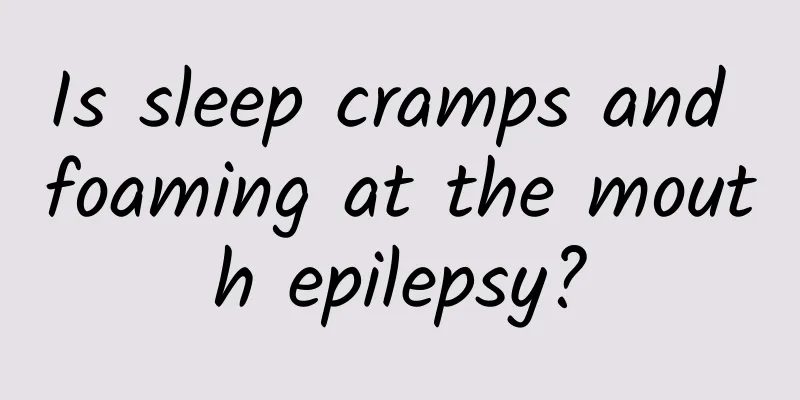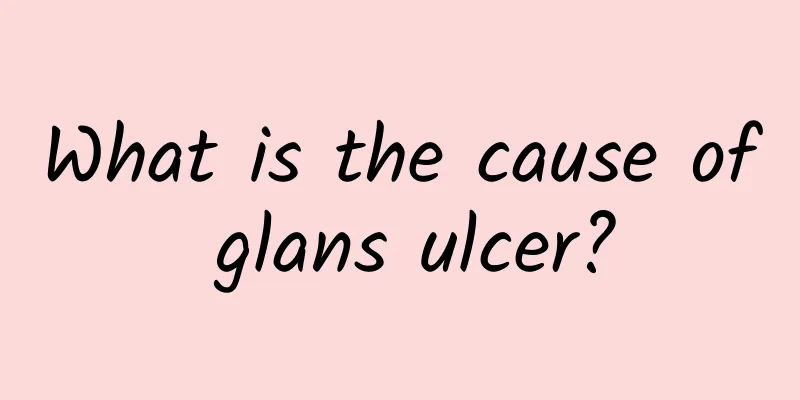Is sleep cramps and foaming at the mouth epilepsy?

|
People who have convulsions and foam at the mouth when sleeping generally suffer from epilepsy, also known as sleep epilepsy. If this happens, you should be careful and seek treatment in time to prevent the condition from worsening and bringing more serious adverse consequences to the patient. Is sleep convulsions and foaming at the mouth epilepsy? Epilepsy is a common neurological disease caused by abnormal electrical discharge in the brain. Sleep epilepsy refers to a disease that occurs during the patient's sleep. During sleep, the brain's electrical discharge is activated, causing the patient to suddenly have an attack during sleep, affecting sleep and normal life, and causing great stress to the patient. What does a sleep seizure look like? Sleep epilepsy (ESES), as the name suggests, refers to epilepsy that occurs during sleep. Sleep is an important activation factor for clinical epileptic seizures and abnormal discharges. Clinically, any epileptic seizure can occur during sleep. Studies have shown that about 25% to 30% of epileptic seizures occur mainly during sleep, and this type of epilepsy is generally called sleep epilepsy. The general symptoms are paroxysmal, accompanied by mental depression or abnormal behavior. Common symptoms of hypnic epilepsy include sudden eye opening, awakening, convulsions, clenched teeth, foaming at the mouth, or panic, often accompanied by dystonia or other movement disorders. In a few cases, sleep-related aggressive behavior occurs. Sleep epilepsy itself is not easy to be discovered. If we find it, we need to go to the hospital for identification and diagnosis as soon as possible. We need to treat the disease as soon as possible. Only in this way can we recover as soon as possible. Otherwise, repeated attacks may affect neuropsychiatric functions. Tests to tell you if you have sleep paralysis 1. Medical history: The patient and his/her family members, colleagues and other witnesses should be interviewed in detail to obtain as detailed and complete history of the seizure as possible. A complete history of the seizure is the key to an accurate diagnosis of epilepsy. 2. Dynamic EEG: Dynamic EEG is easier to capture epileptic waves than ordinary EEG. Epilepsy is sudden, explosive and temporary. Conventional EEG recordings are often unable to capture abnormal waves due to limited time. However, dynamic EEG has a longer recording time, which increases the probability of detecting abnormal waves. 3. Imaging and related laboratory tests: These tests include brain CT scans, MIR tests, and laboratory tests of blood drug concentrations, urine tests, liver and kidney function tests, etc., to provide a basis for confirming epilepsy and identifying the causes and lesions of epilepsy. |
<<: What can you eat to prevent diarrhea? Four kinds of food are effective
>>: Where is the best place to do push-up exercise? These details need to be mastered
Recommend
How to make spicy dry pot squid? What are the eating tips?
Squid is one of the seafoods that many people lov...
Can I eat garlic after circumcision surgery?
Circumcision is a surgery for male foreskin that ...
What to do if your prostate is enlarged
The prostate is the male sex gland organ. Many me...
Can wolfberry and green tea be drunk together? Don’t make the mistake!
Wolfberry is a very good Chinese herbal medicine,...
There are small spots under the glans
Small red spots appear on the body. It may be cau...
What is fracture nonunion and what are its clinical manifestations?
After a fracture, the fracture site may not heal ...
What should men do if they have sexual dysfunction? Just do these things well
If a man has sexual dysfunction, it needs to be s...
What is the cause of the glans sulcus fissure?
The glans penis is a male reproductive organ, whi...
The more this fluid a man has, the less likely he is to have children.
Does more semen mean better sexual function? Obvi...
Preventive care of prostatic hyperplasia in the elderly
I believe that everyone is familiar with the symp...
White granulation in the coronal groove of the glans penis
The white granulation in the coronal groove of th...
Why does sperm taste bitter?
Nowadays, some couples swallow sperm to increase ...
What should I do if there are grains on my penis?
Some men may have had an unclean sexual intercour...
What should men eat to nourish the kidneys and maintain sperm
Healthy eating habits can guarantee a healthy bod...
What is the reason for a red spot on the glans?
It can be said that there are still many hidden h...









